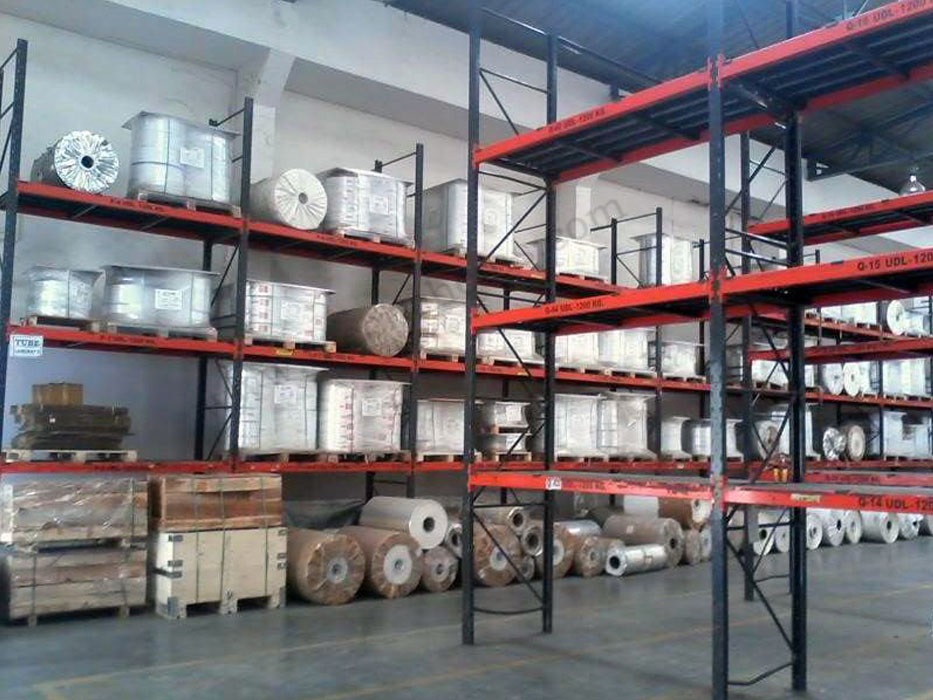
Companies that must comply with warehouse management regulations are aware of how important it is to plan how to use their available space. It helps to maintain product organization and makes the most use of available space. Additionally, the firm may avoid financial losses from misplaced or damaged goods, workplace accidents brought on by improperly managed product storage, and other issues by making the most of its storage space and equipment. The most typical storage options utilized by warehouse managers are shelving units and racking equipment.
Overloading may result from the frequent improper assessment of mezzanine floor and shelf capacity. An untidy warehouse may be just as dangerous due to overloaded racks and shelves, as they can cause losses, property damage, or even workplace dangers that result in fatalities.
Elements Influencing the Capacity of Commercial Storage Shelving Units
The first step is to organize and place your equipment or merchandise on the racks. If the items are not appropriately placed on the shelves, then the capacity that the shelving manufacturer has rated will mean nothing. One crucial consideration when placing merchandise on the shelves is load distribution. The unit may become dangerously off-balance due to improper balancing, which might lead some uprights to incur greater stress than others.
-
Beams for Pallet Racks
Together with the uprights, the straight beaming structure of your pallet racks gives the whole thing strength and balance. Thus, in calculating the racks’ capacity, the load and stress capacities of the columns become crucial. When items are carried to and from racks using specialist equipment, this is also crucial. The majority of manufacturers provide the beams’ capacity; however, these figures are expressed in terms of pairs of beams. When determining load capacity and size, this may be crucial. For instance, when the rack is positioned on beams, the lift truck rests on them.
-
Holding Power of the Frame
The pallet racks’ uprights, also known as vertical columns, serve as their structural support. The upright frames’ strength is determined by three primary criteria. These are the following:
The height-wise spacing of beams, overall system height, and the quantity of vertical beams holding the system are all important considerations.
A rack that is more structurally stable and capable of supporting greater weight would also be produced by a higher beam-level number. You could also investigate the manufacturing process used to create the pallet rack system. Typically, a solid rack is rolled into teardrop- or keyhole-shaped slots. Pallet racks are more versatile and useful with this approach since you may arrange them to fit your needs in terms of both space and purpose.
-
Reduced Weight of Racking Systems
Though it is crucial to remember, this is one aspect that is easy to ignore. The load capacity of the Display Rack Supplier Malaysia typically includes the weight of the system. To determine the pallet rack’s true capacity, this amount must be subtracted. To ascertain this weight, you may either utilize your methods or get in touch with the manufacturer directly. You may get the necessary figures by subtracting this amount from the capacity after you know the weight.



